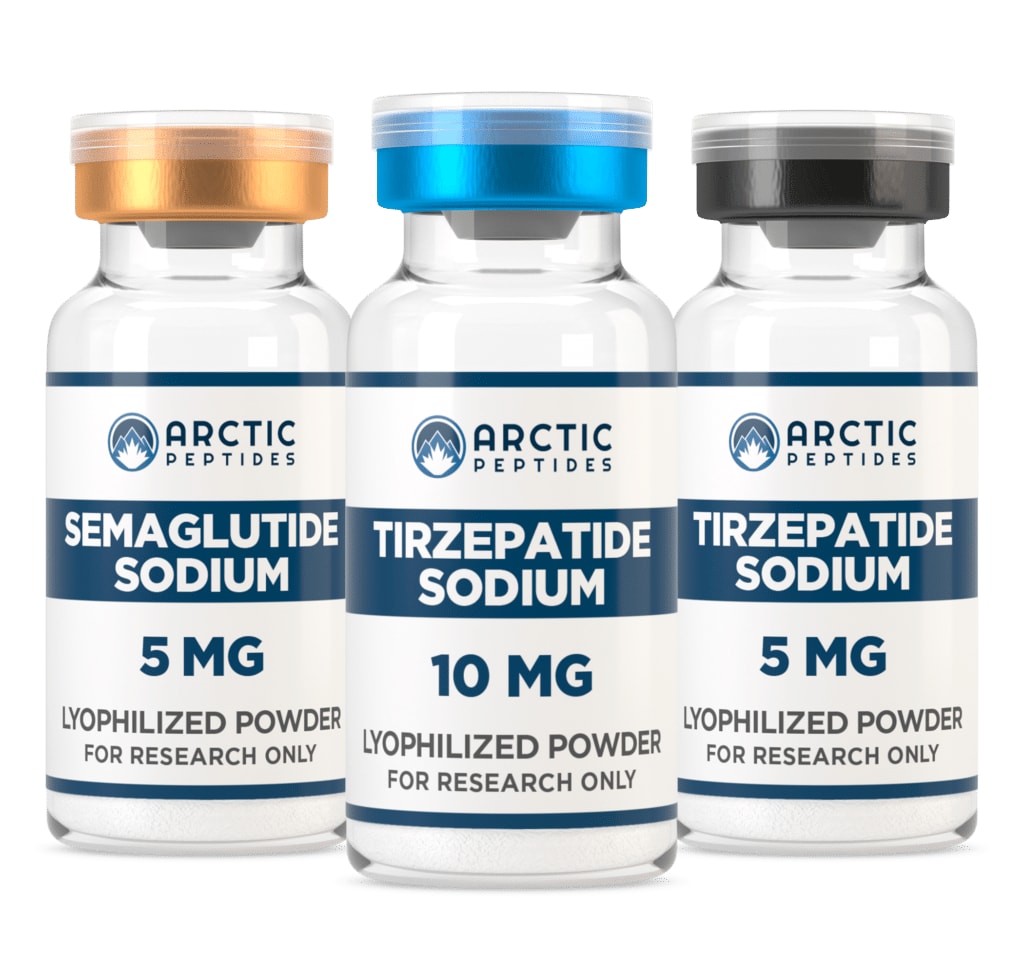Palmitoyl Tripeptide-1. Antioxidant Potential (1) (2) (1)
Antioxidant Potential

Palmitoyl Tripeptide-1: Antioxidant Potential
Palmitoyl Tripeptide-1, also known as Pal-GHK or Palmitoyl oligopeptide, is a peptide hypothesized to have significant potential as both an effective antioxidant and a skin-modulating agent. Studies have suggested that it may enhance moisture content and modify the amount of water lost through the epidermis. Research suggests that Palmitoyl Tripeptide-1 may potentially affect the production of collagen and melanin. The peptide is now being investigated intensively for its potential for the enhancement and activation of collagen production as well as the formation of blood vessels.
A peptide and a fatty acid terminus are both components of the hybrid peptide known as Pal-GHK. The last part of the peptide is called the GHK-end, which stands for glycine, histidine, and lysine. The fatty acid end is called the Pal-end, which stands for palmitoyl. A fibroblast stimulant and a tiny portion of the elastin protein, Pal-GHK is also known as elastin fragment. Investigations purport it may stimulate the production of elastin, collagen, and other proteins in the extracellular matrix in the connective tissues, bone, and skin.
Palmitoyl Tripeptide-1: Potential Properties
- The following is a list of the hypothesized properties that Palmitoyl Tripeptide-1 may possess:
- Findings imply that the peptide (GHK) that is a part of the Palmitoyl Tripeptide-1 peptide may trick fibroblasts into thinking that elastin, one of the proteins found in the highest quantities, is damaged. As a direct consequence of this, fibroblasts are quickly generated and multiply to replace and restore the elastin that has been destroyed.
- Palmitoyl Tripeptide-1 has also been speculated to re-energize fibroblasts
- Scientists hypothesize the fatty acid (Palmitoyl) end of Pal-GHK may act as an intermediate, which is a transport complex that may have significant impact when the GHK-end is connected to the Pal-end, which may ultimately result in increased skin and cell penetration.
- Research suggests that Palmitoyl Tripeptide-1 may act as a gene stimulator, changing cellular condition. This is potentially made possible by the addition of palmitoyl to the peptide sequence GHK, which is proposed to boost its efficiency for DNA repair genes and causes a rise in the expression of 14 genes that are responsible for modulating antioxidant synthesis. In addition to this, the researchers mention that "The Broad Institute's Connectivity Map indicated that GHK induces a 50% or greater change of expression in 31.2% of genes." Scientists speculate that after the genetic modifications are made, it may be possible to eliminate free radicals and harmful chemicals that contribute to developing illnesses associated with aging.
- It has been proposed that by stimulating the development of new blood vessels (a process known as angiogenesis) at the site of an injury, Palmitoyl Tripeptide-1 may expedite the healing process of wounds. In addition to repairing damaged nerves, the peptide may also promote the creation of new nerves, scientists suggest. In addition, Pal-GHK is implied to enhance the functions of genes that are accountable for the healing of wounds. It is purported to activate genes important for DNA repair and inhibit genes that may contribute to cancer development.
- Researchers speculate that Pal-GHK may activate genes involved in DNA repair and healing that have been dormant as a natural consequence of aging. Recent studies have suggested that the peptide may influence follicle regrowth after damage or loss.
Palmitoyl Tripeptide-1 and Skin Strength
Palmitoyl Tripeptide-1 has suggested promise in protecting the skin barrier as suggested by a study conducted by scientists. This may potentially be achieved by the peptide, which is proposed to boost the creation of elastin and collagen. The most prevalent factor in developing age-related skin impacts is a general decrease in the amounts of these proteins.
Palmitoyl Tripeptide-1 has been proposed to help reduce the appearance of wrinkles and alleviate their severity by replenishing the extracellular matrix of the skin. While doing so, it has been hypothesized to stop the breakdown of collagen that would normally occur after exposure to ultraviolet A (UVA) rays.
Scientists propose the purpose of Palmitoyl tripeptide-1 may be to restore moisture to outermost tissues. Pal-GHK has been speculated to have the potential to work in conjunction with other peptides to decrease wrinkle depth and development. In addition, the peptide may mitigate the appearance of redness and the coloring brought on by photodamage (melasma).
Please note that neither humans nor animals are meant to consume the substances discussed in this article. The only purpose research compounds are designed to serve is in the context of in-vitro or laboratory experimentation. The law expressly forbids any introduction of a bodily kind. Only licensed researchers and competent professionals are allowed to purchase peptides for sale in the USA. The only intention of the material provided in this article is to further the reader's education.
References
[i] Goldsberry, S. & Garcines, L. Anti-aging cosmeceutical composition. (2013).
[ii] Pickart, L., Vasquez-Soltero, J. M. & Margolina, A. GHK-Cu may Prevent Oxidative Stress in Skin by Regulating Copper and Modifying Expression of Numerous Antioxidant Genes. Cosmetics 2, 236–247 (2015). doi: 10.3390/cosmetics2030236
[iii] Trookman, N. S., Rizer, R. L., Ford, R., Mehta, R. & Gotz, V. Clinical assessment of a combination lip treatment to restore moisturization and fullness. J. Clin. Aesthetic Dermatol. 2, 44–48 (2009).
[iv] Dupont, E. et al. Clinical efficacy of a serum integrating multiple cosmetic ingredients in the management of erythema of the face in aging skin. J. Cosmet. Dermatol. 11, 207–212 (2012).
[v] Bradley, E. J., Griffiths, C. E. M., Sherratt, M. J., Bell, M. & Watson, R. E. B. Over-the-counter anti-ageing topical agents and their ability to protect and repair photoaged skin. Maturitas 80, 265–272 (2015).






Comments
There are no comments for this story
Be the first to respond and start the conversation.